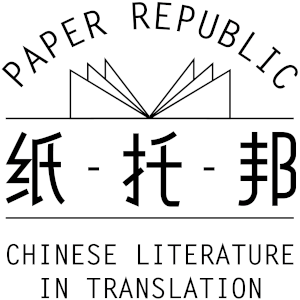http://www.ou.edu/clt/about.html/
Chinese Literature Today, a title from award-winning World Literature Today, produced its inaugural issue in the summer of 2010. It is based at the University of Oklahama.
Vol. 2 No.1 (2011) (http://www.ou.edu/clt/current-issue.html/)
The latest issue of Chinese Literature Today features a new story from Taiwanese novelist Li Ang and a revealing conversation between her "Bright" and "Dark" personas. Howard Goldblatt, one of the most important figures in East-West literature, also conducts a bold new self-interview as well as providing an excerpt from his upcoming translation of Mo Yan's new novel, Sandalwood Death. Our Word & Image section features the shifting landscapes of contemporary Chinese photography and the rebirth of China's painter-poets Luo Qing and Che Qianzi. Rounding out the issue is new work by and an interview with poet Wang Jiaxin.
Vol.1, no. 2 (Winter/Spring 2011) (http://www.ou.edu/clt/2011-w-s-issue.html/)
The Winter/Spring 2011 issue of Chinese Literature Today features the return of Shi Zhi—his poetry and legacy. Our critical section focuses on the question of whether Chinese literature is "garbage or gold," as famous literary critics debate the need for greater cosmopolitanism in contemporary Chinese literature. Featured scholar Michelle Yeh discusses her new approach to the study of modern Chinese poetry, and our special section explores the rise of migrant working-class poetry. Also included are an interview with Yu Hua, a look at the work of Yan Lianke, and the second part of our exploration of the body-writing genre.
Vol. 1, no. 1 (Summer 2010) (http://www.ou.edu/clt/2010-summer-issue.html/)
Inaugural Issue. The Summer 2010 issue of Chinese Literature Today features new work from award-winning author Bi Feiyu, spotlights the work of sinologist David Der-wei Wang, and also includes the work of Mo Yan, Bei Dao, and poets Xi Chuan and Zhai Yongming. Critical essays engage the contemporary Chinese literary experience, probing the boundary clashes between the city and the country, luxury and labor, gender and power. A special section explores the unique literary traditions of Beijing and Shanghai, the twin cities of modern Chinese literature.


Comments
There are no comments yet.